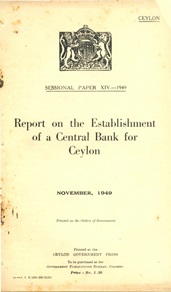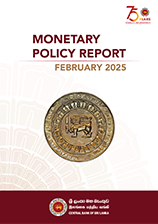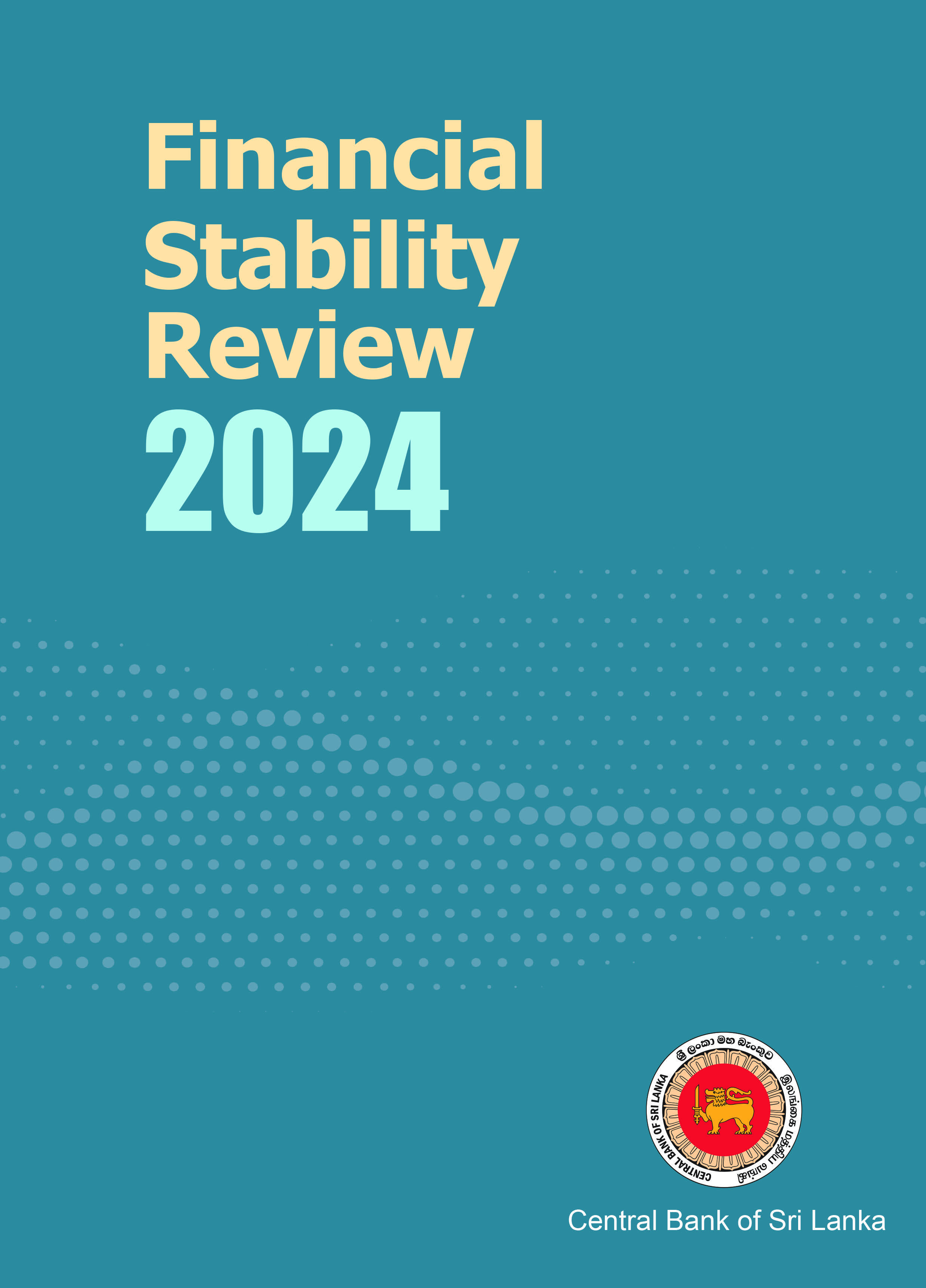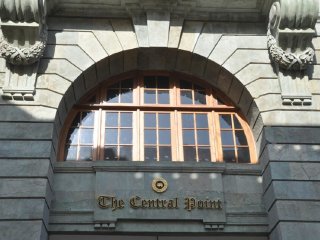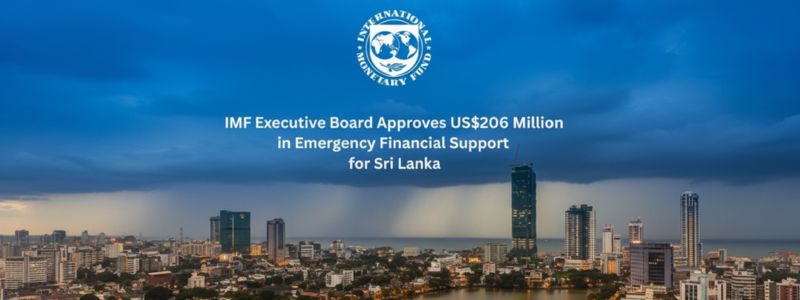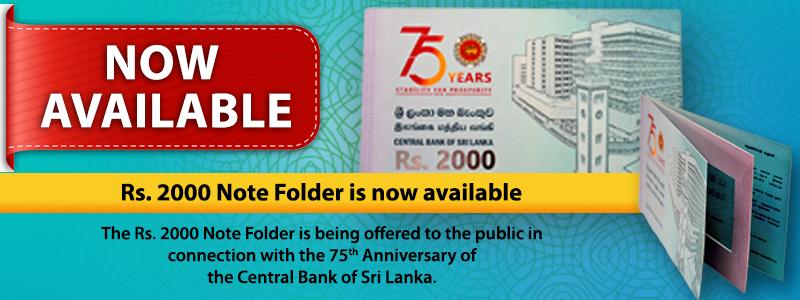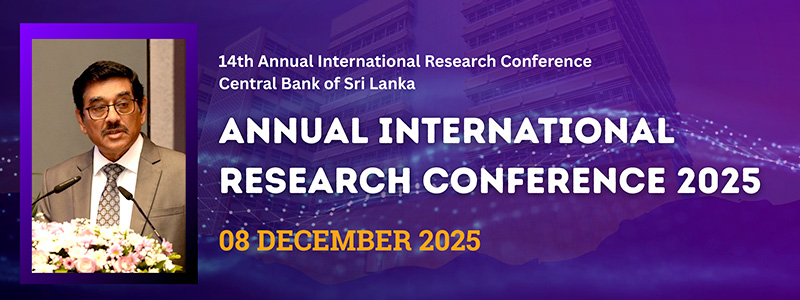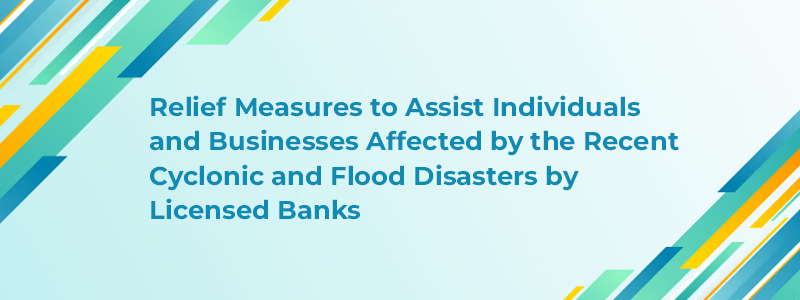The external sector performance was driven by a double digit growth in exports (yearon-year) in September 2017, surpassing the US dollars 1 billion mark of monthly exports for the third consecutive month. However, the trade deficit expanded with higher imports of fuel and rice during the month. Earnings from tourism declined moderately during the month with a slightly lower number of tourist arrivals from key destinations compared to September 2016. The moderation in workers’ remittances continued in September, resulting in a noteworthy decline in workers’ remittances in the first nine months of 2017. However, reflecting continuous investor confidence, the financial account of the Balance of Payments (BOP) continued to strengthen during the month with higher foreign inflows to the Colombo Stock Exchange (CSE) and the government securities market.







